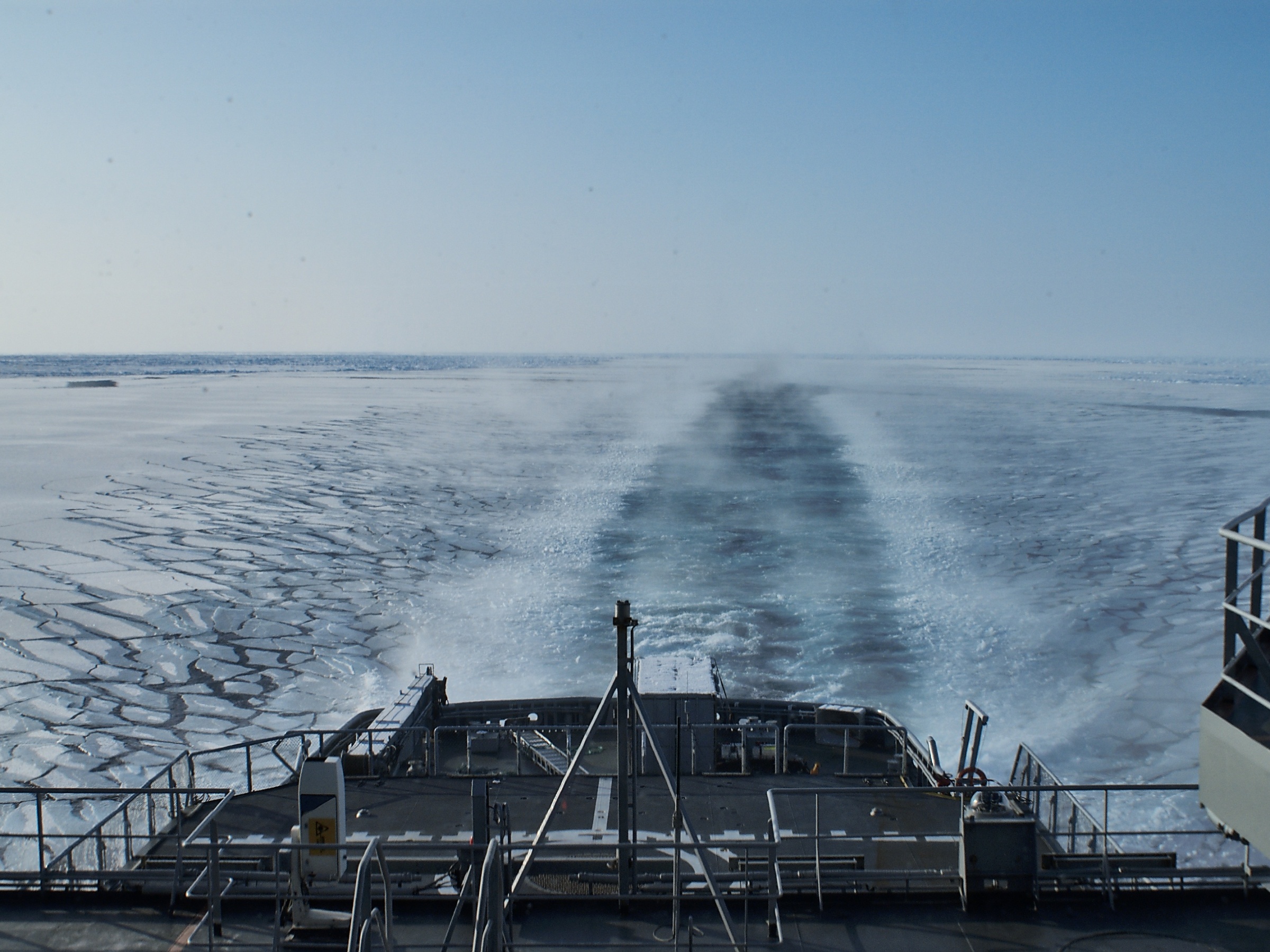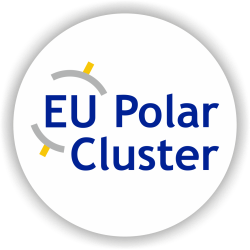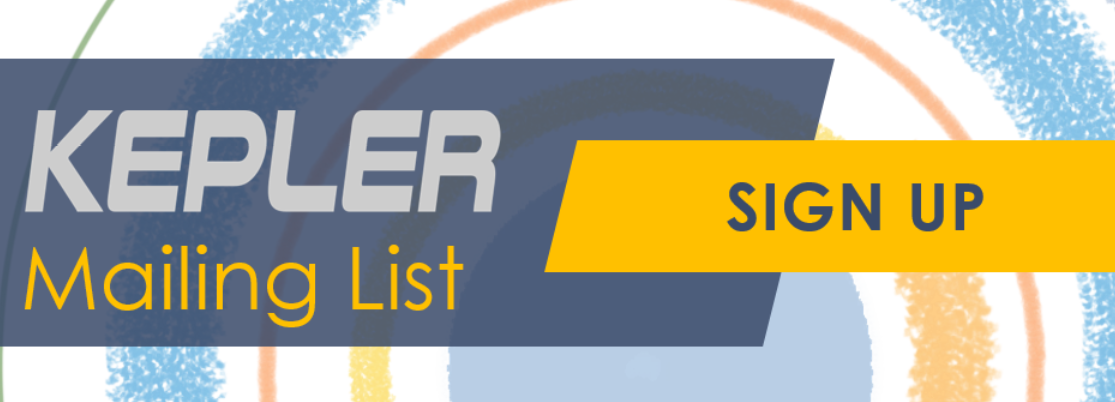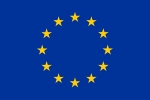Arctic Shipping Forum
Our project partners from England, Norway and Finland represented KEPLER & the EU Arctic Cluster at the the 15th annual Arctic Shipping Forum in Helsinki.
Participants at ASF were welcomed to find out more about the project at the KEPLER booth and Penny Wagner (METNo), Sea Ice Researcher and KEPLER work package leader, presented an interactive discussion panel asking ‘How can collaboration be implemented to improve Maritime domain awareness?’
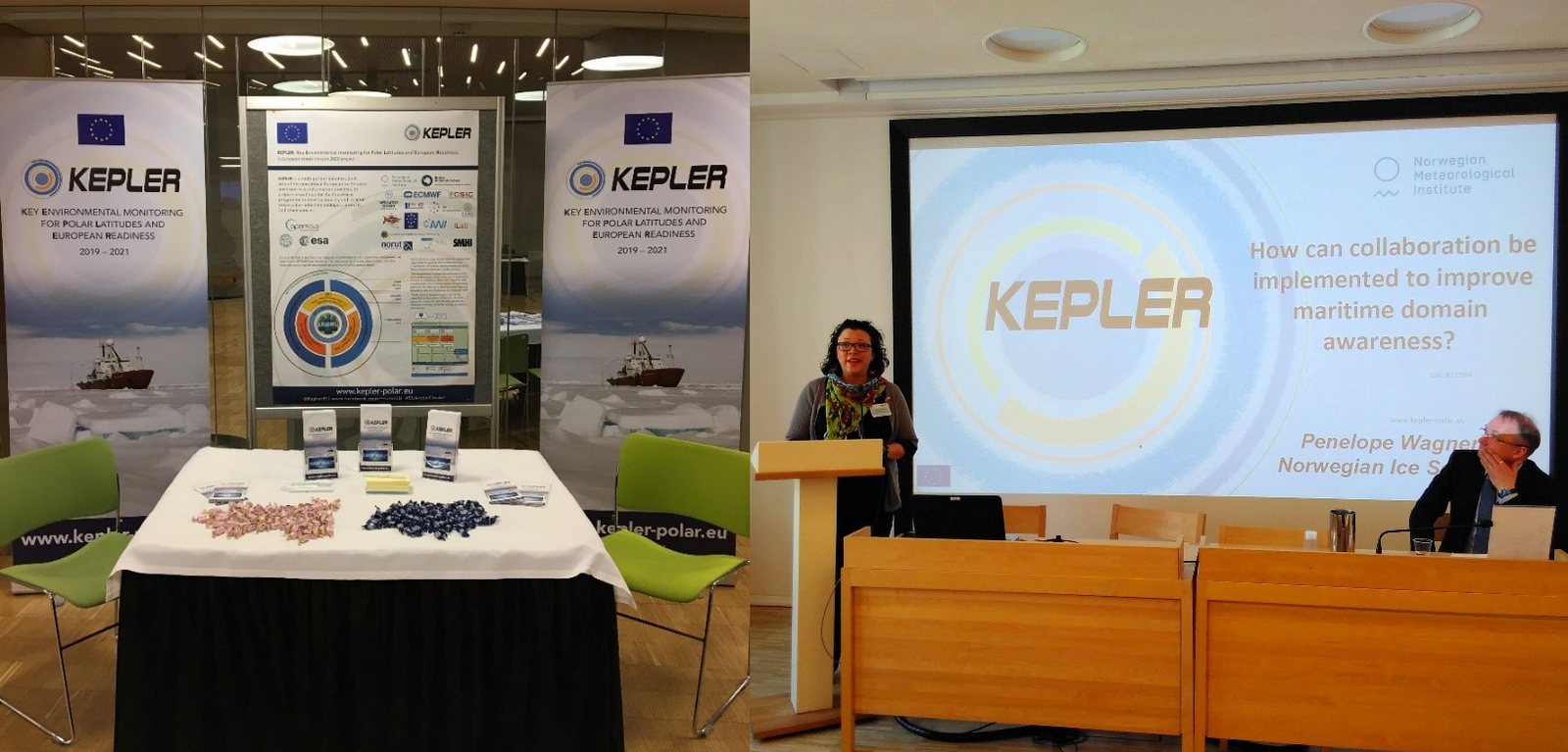
As user needs are at the centre of the KEPLER project, our focus for this event was to open up a direct dialogue with the maritime community- seeking end user requirements for sea ice and forecasting needs.
Four key questions were on display during the event;
- What would be the most useful sea ice and icebergs parameter to have, that is currently unavailable to you?
- What do you see as the status of Arctic shipping in 10 years? I.e. new routes, timeline of shipping season, regulatory requirements, weather and ice information needs… etc.
- Low spatial resolution hemispheric coverage or high spatial resolution regional coverage. Which is more useful to you and when?
- Do you use forecasts? If so, what time range of sea ice forecasts are useful to you?
If you would like to participate and answer the questions above, you can also submit your feedback here: Submit Maritime Feedback
This feedback will be combined with stakeholder responses from various activities carried out over the life of the project, and will help inform the recommendations we make to Copernicus for polar region monitoring.
KEPLER
KEPLER is a multi-partner initiative, built around the operational European Ice Services and Copernicus information providers, to prepare a roadmap for Copernicus to deliver an improved European capacity for monitoring and forecasting the Polar Regions.
Our motivation is to put the public and stakeholders at the centre of Copernicus. This follows the recommendations of the ‘Copernicus User Uptake’ review, and its 4 themes of:
- Raising awareness for the Copernicus programme,
- Informing and educating Copernicus users,
- Engaging Copernicus users in public and private sector, and
- Enabling access to Copernicus data and information.
These well tailored themes form the core components of KEPLER. However, as the Polar Regions are changing, so too are the challenges and opportunities. Because of these shifts we have included two additional themes that encompass the evolving needs. These are needed to provide opportunities for better understanding the environment, research opportunities, establishing new industry sectors and startups, and importantly empowering citizens:
- Identification of research gaps regarding integration/assimilation, and
- Improved sea-ice mapping and forecasting.
Through these 6 themes KEPLER aims to release the full potential of Polar Regions Earth Observation, including from ESA and EUMETSAT, by identifying and eliminating the barriers that impede the use of the tremendous resource that is Copernicus. This
combines 2 key elements of the call:
a) bringing together key European stakeholders and competent entities, and
b) growing the Copernicus brand and user-base through providing enhanced scientific and technical support.
Our objective with KEPLER is to provide a mechanism that enables the broad range of Polar Regions stakeholders to be equipped with the most accurate and relevant environmental information so that they can seize the many benefits that Copernicus products generate for society and economy.

